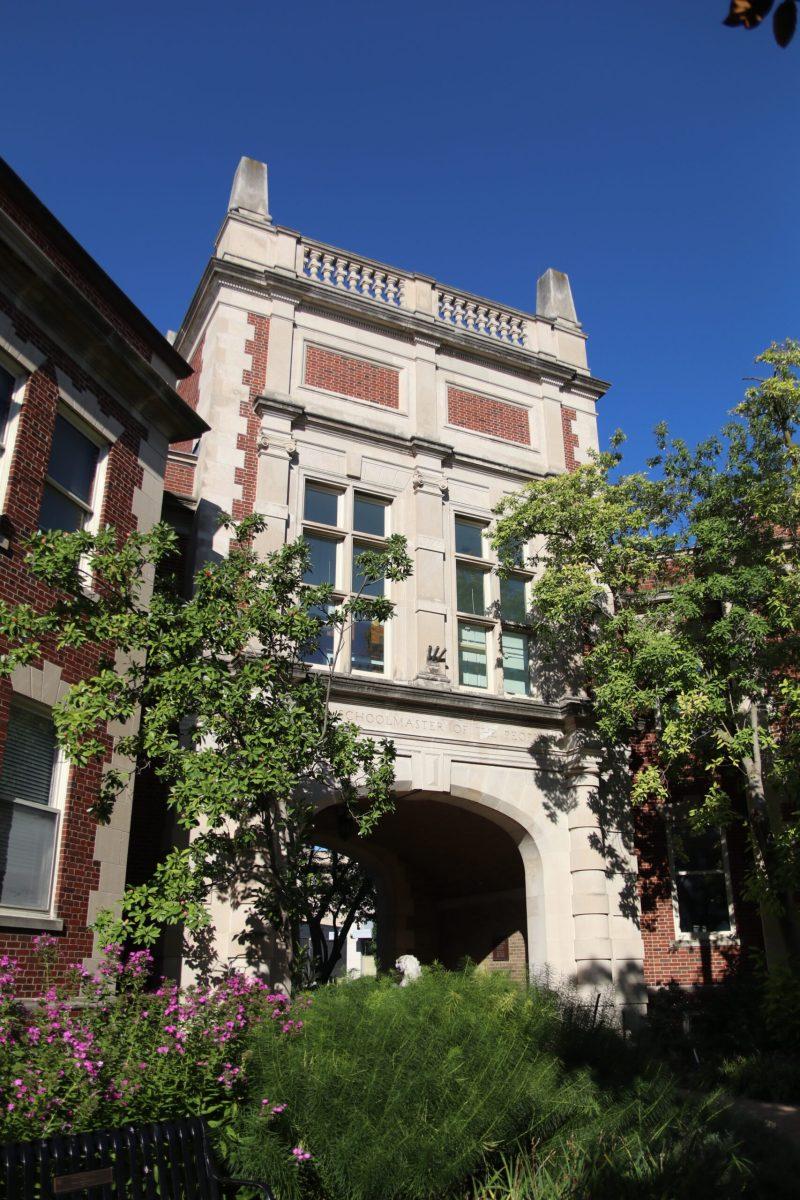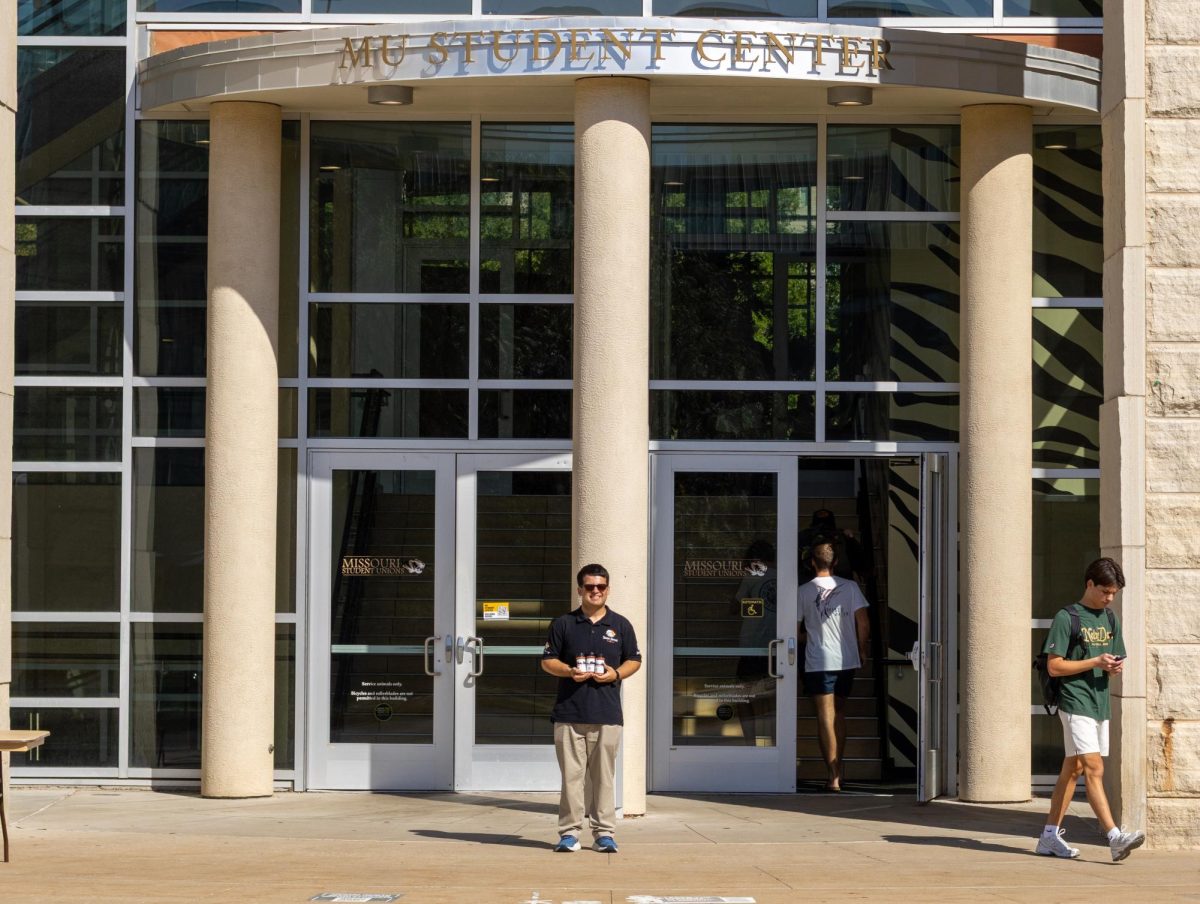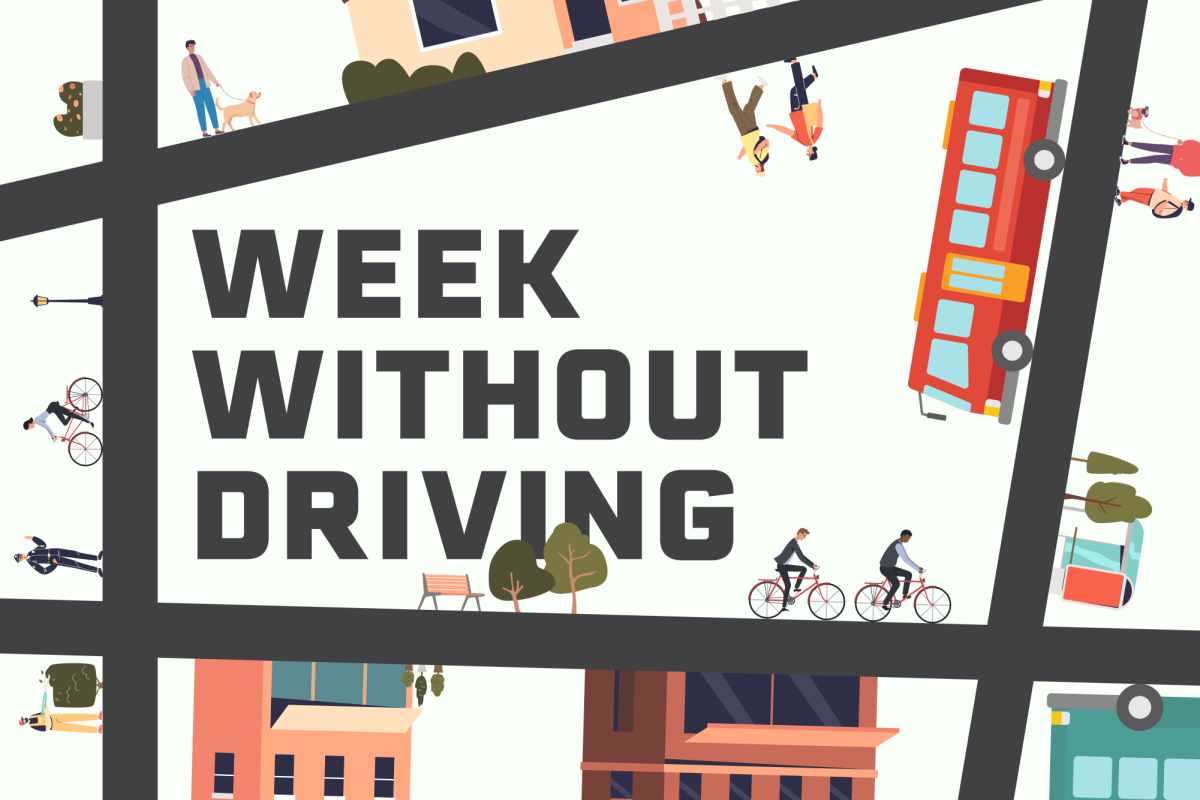The MU School of Journalism received an update to keep in touch with modern times.
With the new journalism curriculum taking effect this year, freshmen hit the ground running while current sophomores and upperclassmen are stuck with the old curriculum.
Stacey Woelfel, chair of the curriculum committee, said he felt like “we had a mid-20th-century model” when the committee sat down to discuss redesigning the curriculum back in 2016. “I think it approaches teaching students in a way that more closely reflects what the journalism or [strategic communication] world works in.”
This year, freshmen are taking skill-building classes that they would have been taking their sophomore year. Former freshman course, J1010: Career Explorations in Journalism, has been scrapped, while three new hands-on courses have been added: J1200: Fundamentals of Visual Journalism and Strategic Communication, J1300: Fundamentals of Written Journalism and Strategic Communication and J1400: Applied Projects for Journalism and Strategic Communication. In addition, J1100: Principles of American Journalism has been revised and renamed as J1100: Principles of Journalism in Democracy.
The previous curriculum had freshmen starting out with theory classes and progressing to skill-building classes sophomore year.
“You’re not really doing any actual journalistic writing,” sophomore Abby Werner, journalism peer learning assistant said. “You’re just talking about journalism as a concept, which isn’t a bad thing. I still think you need to go over these things, but I was ready to jump in. I am grateful that this new curriculum will allow my freshmen and future freshmen to start in on the Missouri Method sooner.”
Sophomore year does hold onto one course with minor revisions, J2000: Cross-Cultural Journalism. J4200: Principles of Strategic Communication has been pulled from the original junior year plan and moved to sophomore year. Three other new courses were added that focus on strategic communication skills and more hands-on projects: J2200: Audiences and Persuasion, J4160: Social Media Foundations and Practice and J4180: Newsroom Content Creation.
While redesigning the curriculum, Woelfel and the committee focused on making the upperclassman courses more flexible and explorative.
Instead of choosing an interest area, juniors will now choose one of the six Career Paths (Broadcasting, Reporting and Writing, Strategic Communication, Cross-Platform Editing and Producing, Social and Audience Strategy, or Photojournalism and Documentary). Career Paths do not have an application process like the interest areas; students will just need to have met the prerequisites.
In the old curriculum, students would get different numbers of credit hours for electives due to which interest area they chose. Now, they will get 15 elective credit hours regardless of which career focus they choose. This allows for students to take another portal and explore other mediums of journalism.
Thirty-six interest areas were eliminated, and the number of emphasis areas went from six to two, which are journalism or strategic communication.
Freshman journalism student Jack Laurie is part of the first class of students going through the new curriculum. “I feel like I’m getting a good pace of stuff I might find interesting now as it is, but I kind of would have liked to have those other interest areas as well so I could check those out,” Laurie said.
However the mass elimination makes room for students to explore other forms of journalism in another way.
“Choice is good up to a point.” Woelfel said. “We’re narrowing down the interest area choices but opening up a more educated choice when you get to the elective side of things.”
Students can now choose between a seminar and research paper or working in a newsroom as their capstone at the end of their senior year. This addition creates an opening for graduate and journalism theory students.
As for sophomores and upperclassmen who are part of the old curriculum, the new curriculum will not affect them. Those students will continue their college career through the old system.
“The rules that were in place when you start as a freshman don’t change,” Woelfel said. “It doesn’t hurt them.”
However, journalism students who are now sophomores or upperclassmen can take classes that are a part of the new curriculum if there is room. For instance, J4160: Social Media Foundations and Practice will be available to all journalism students next semester.
“As [the new curriculum] is right now, I haven’t really had any problems with it.” Laurie said.
Plans for the new sophomore curriculum will be finalized and approved by the end of the semester. Plans for junior and senior year will be approved and in effect by 2020 and 2021, respectively.
“There’s always room for improvement, even if you are the best.” Werner said.
_Edited by Laura Evans | [email protected]_














